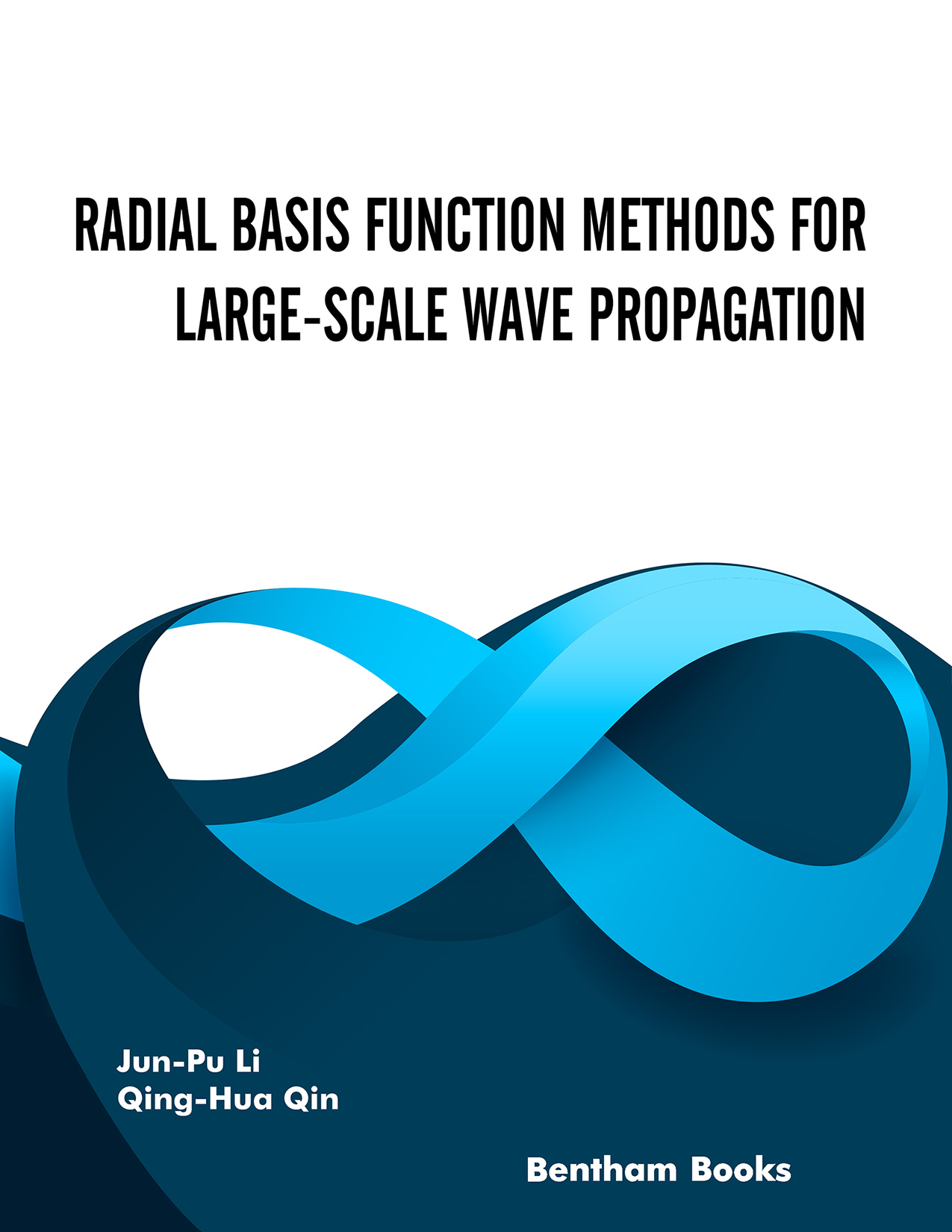With the rapid development of computer technology, the radial basis function (RBF) method has become an important computational tool in addition to the finite element and boundary element methods. In practical applications of the RBF, constructing efficient and stable algorithms for solving complex scientific and engineering problems is a key issue. Efficient solutions of fully dense matrices, ill-conditioned matrices, and stable simulation of wave propagation at low sampling frequencies are all critical issues. Research till date into RBF methods and the corresponding multilevel meshless methods has resulted in the publication of a considerable amount of new information, leading to improvements in design and fabrication practices. Articles have been published in a wide range of journals, attracting the attention of both researchers and practitioners with backgrounds in the mechanics of solids, applied physics, applied mathematics, mechanical engineering, and materials science. However, extensive and detailed treatment of the subject is not available. It now appears timely to collect available information and to present a unified treatment of these useful results. These valuable results should be made available to professional engineers, research scientists, workers and students in applied mechanics and material engineering, e.g., physicists, metallurgists, and materials scientists. The objective of this book is to fill such a gap so that readers can access sound knowledge of the RBF and its algorithm implementation in wave propagation problems. This book details the development of various techniques and ideas, beginning with a description of the basic concept of the radial function method from the mathematical viewpoint. The derivation and construction of RBFs are then presented for large-scale wave propagation problems, including singularity problems, high frequency problems and large-scale problems, and are shown to arise naturally in the response of engineering structures to external loads such as external mechanical force.
Our presentation of RBF for large-scale wave propagation is written for researchers, postgraduate students and professional engineers in the areas of solid mechanics, physical science and engineering, applied mathematics, mechanical engineering, and materials science. Only simple mathematical knowledge and the usual calculus are required, although conventional matrix presentation is used throughout the book.
The outstanding features of our book include detailed derivation of formulations used in the RBF, simplified explanations of complex problems, combined uses of RBF and other numerical methods. Methods and analyses are described in a way that makes them accessible to research scientists, professional engineers, and postgraduate students. Furthermore, widely ranging numerical examples are added to the relevant chapters to demonstrate applications of the formulation. Most numerical results presented in this book are important in their own right and serve as test problems for validating new formulations.
This book, consisting of 9 chapters and 2 appendices, covers the fundamentals of the RBF and its methodologies, with extensive applications to various engineering problems. In Chapter 1, the historical background of the RBF is presented, with an overview of the RBF in large-scale and high-frequency wave propagation computing. Chapter 2 discusses the singular boundary method (SBM) for water wave problems. Chapter 3 discusses the applications of SBM to 3-D low-frequency and middle-frequency acoustic problems. Chapter 4 discusses the RBF based on the modified fundamental solutions for high-frequency acoustic problems. Chapter 5 introduces a modified multilevel fast multipole algorithm based on the potential model. Chapter 6 constructs a dual-level fast multipole boundary element method based on the Burton-Miller formulation. Chapter 7 describes a time-dependent SBM for solving scalar wave equations. Chapter 8 proposes a regularized method of moments for time-harmonic electromagnetic scattering. Chapter 9 reviews recent advances and emerging applications of the RBF for large-scale and high-frequency sound wave propagation.
CONSENT FOR PUBLICATION
Not applicable.
CONFLICT OF INTEREST
The author declares no conflict of interest, financial or otherwise.
Jun-Pu Li
School of Mechanics and Safety Engineering
Zhengzhou University
Zhengzhou
China
&
Qing-Hua Qin
Department of Engineering
Shenzhen MSU-BIT University
Shenzhen
China

